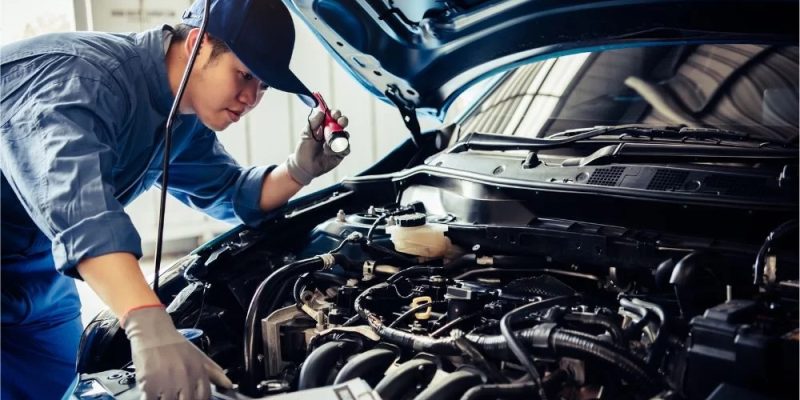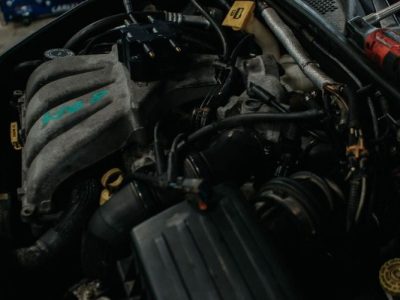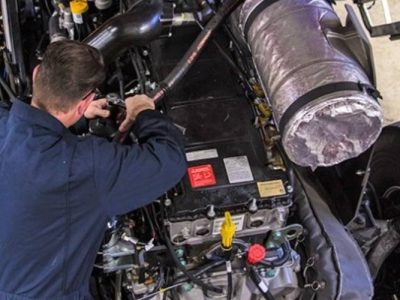Power windows have become a standard feature in modern vehicles, offering convenience and enhancing the driving experience. However, their smooth operation can be significantly hampered by a seemingly insignificant culprit: environmental dust and debris. From fine airborne particles to larger fragments of leaves and sand, these materials can infiltrate the intricate mechanisms of your power window system, leading to sluggish performance, unusual noises, and even complete failure. Understanding how these seemingly harmless contaminants impact your windows is crucial for proactive maintenance and preventing costly repairs.
Friction and Obstruction: A Gradual Decline
The most immediate impact of dust and debris is increased friction. Window tracks, guides, and rubber seals are designed to allow smooth, unobstructed movement. However, the accumulation of fine dust particles creates a gritty, abrasive surface. As the window moves up and down, this grit grinds against the internal components, leading to premature wear and tear on the motor, regulator, and other critical parts. Larger debris, like leaves or twigs, can become lodged within the mechanism, physically obstructing the window’s movement. This obstruction puts undue stress on the motor, potentially leading to burnout or complete failure. There comes the urgency of opting for the European Auto Repair in Burnsville, MN based service with all necessary steps.
Damage to Seals and Weather Stripping
Environmental contaminants don’t just affect the internal mechanics; they also degrade the rubber seals and weather stripping that are vital for keeping the elements out of your car. Dust, especially when combined with moisture, can accelerate the deterioration of these rubber components, causing them to become brittle, cracked, or even dislodged. When seals are compromised, water and wind can enter the vehicle, leading to further corrosion and damage to the window mechanism, as well as impacting the interior comfort and integrity of your vehicle.
The Role of Environment and Climate
The severity of the impact of dust and debris on power window operation can vary significantly depending on the environment and climate in which the vehicle is driven. Cars frequently exposed to dusty roads, construction sites, or coastal environments are particularly vulnerable. Dry, arid climates exacerbate the problem, as dust remains airborne for longer periods and easily infiltrates the window system. Similarly, colder climates can lead to debris freezing within the mechanism, causing further stress and damage when the window is activated. Understanding the specific environmental factors that your vehicle encounters is critical in implementing appropriate preventative measures.
Prevention and Maintenance: Protecting Your Investment
Fortunately, the negative impact of dust and debris on power window operation can be mitigated through proactive maintenance. Regular cleaning of the window tracks and seals with a soft brush and a mild cleaning solution can remove accumulated dust and debris. Applying a silicone-based lubricant to the tracks and seals can further reduce friction and protect these components from wear and tear. Periodically inspecting the seals and weather stripping for cracks or damage and replacing them when necessary is also essential. By incorporating these preventative measures into your vehicle’s maintenance routine, you can prolong the life of your power window system and ensure smooth, reliable operation for years to come.








Comments